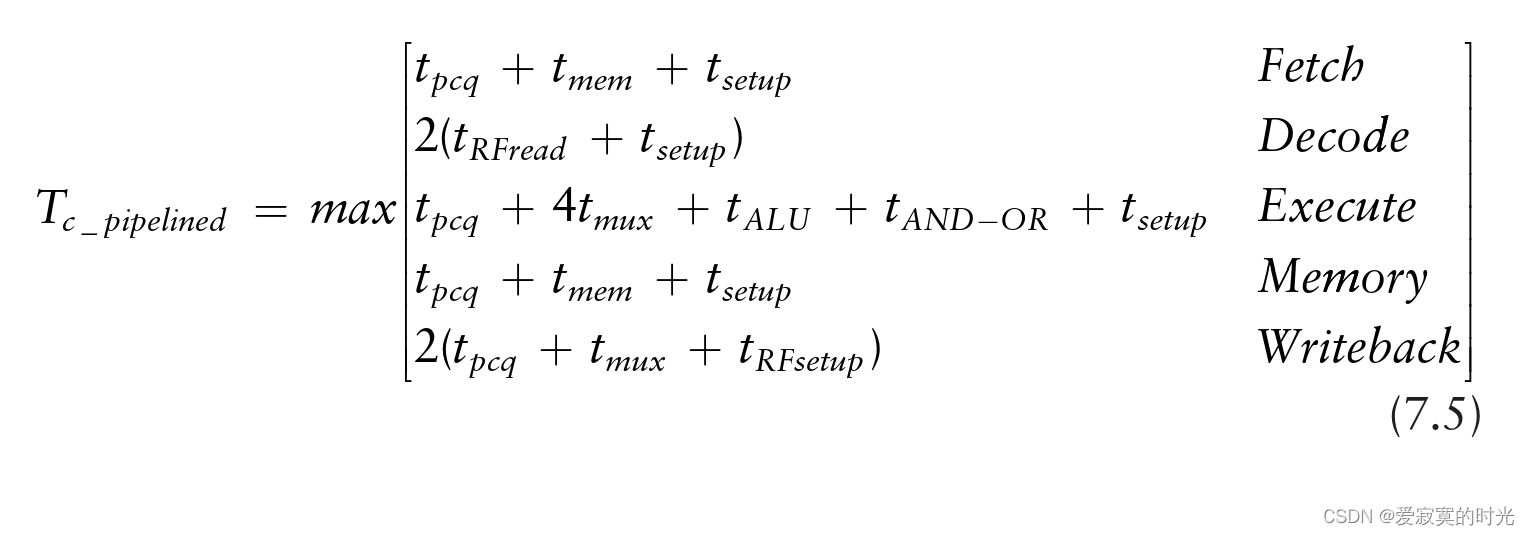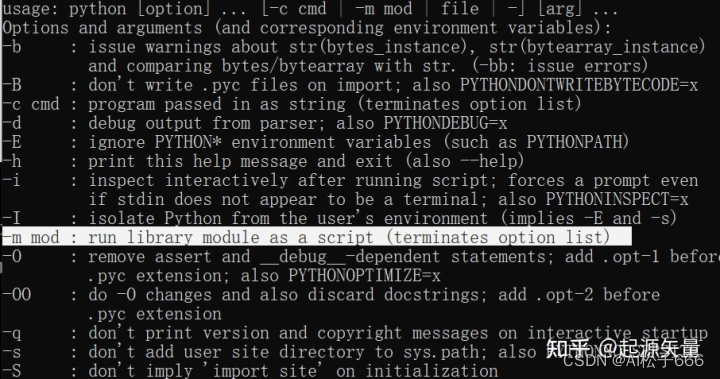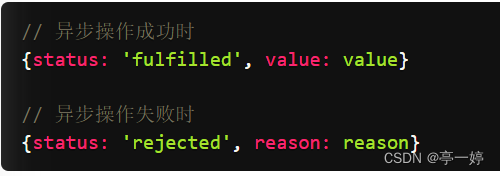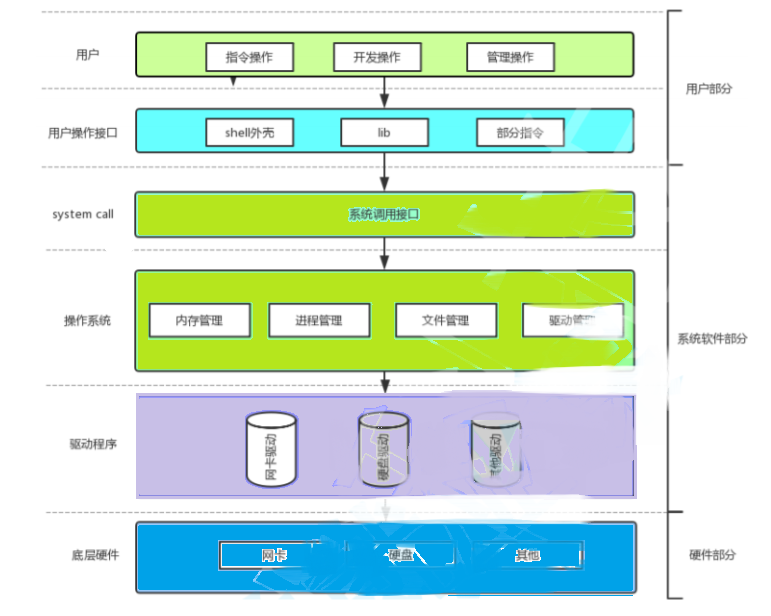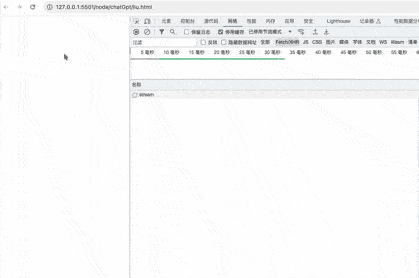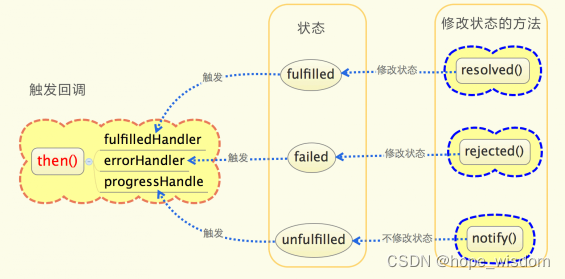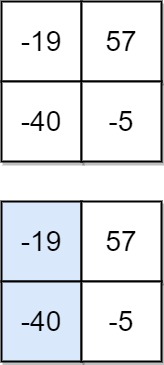
1. 计算一年有多少天
1.1. 方案
1.1.1. 找到当前年份的第一天
1.1.2. 加上1年以得到下一年的第一天
1.1.3. 得到的结果减去第一步得到的结果
1.2. DB2
1.2.1. sql
select days((curr_year + 1 year)) - days(curr_year)
from (
select (current_date -
dayofyear(current_date) day +
1 day) curr_year
from t1
) x
1.3. Oracle
1.3.1. sql
select add_months(trunc(sysdate,'y'),12) - trunc(sysdate,'y')
from dual
1.4. PostgreSQL
1.4.1. sql
select cast((curr_year + interval '1 year') as date) - curr_year
from (
select cast(date_trunc('year',current_date) as date) as curr_year
from t1
) x
1.5. MySQL
1.5.1. sql
select datediff((curr_year + interval 1 year),curr_year)
from (
select adddate(current_date,-dayofyear(current_date)+1) curr_year
from t1
) x
1.6. SQL Server
1.6.1. sql
select datediff(d,curr_year,dateadd(yy,1,curr_year))
from (
select dateadd(d,-datepart(dy,getdate())+1,getdate()) curr_year
from t1
) x
2. 日期值里提取年月日时分秒
2.1. DB2
2.1.1. sql
select hour( current_timestamp ) hr,
minute( current_timestamp ) min,
second( current_timestamp ) sec,
day( current_timestamp ) dy,
month( current_timestamp ) mth,
year( current_timestamp ) yr
from t1
2.2. Oracle
2.2.1. sql
select to_number(to_char(sysdate,'hh24')) hour,
to_number(to_char(sysdate,'mi')) min,
to_number(to_char(sysdate,'ss')) sec,
to_number(to_char(sysdate,'dd')) day,
to_number(to_char(sysdate,'mm')) mth,
to_number(to_char(sysdate,'yyyy')) year
from dual
2.3. PostgreSQL
2.3.1. sql
select to_number(to_char(current_timestamp,'hh24'),'99') as hr,
to_number(to_char(current_timestamp,'mi'),'99') as min,
to_number(to_char(current_timestamp,'ss'),'99') as sec,
to_number(to_char(current_timestamp,'dd'),'99') as day,
to_number(to_char(current_timestamp,'mm'),'99') as mth,
to_number(to_char(current_timestamp,'yyyy'),'9999') as yr
from t1
2.4. MySQL
2.4.1. sql
select date_format(current_timestamp,'%k') hr,
date_format(current_timestamp,'%i') min,
date_format(current_timestamp,'%s') sec,
date_format(current_timestamp,'%d') dy,
date_format(current_timestamp,'%m') mon,
date_format(current_timestamp,'%Y') yr
from t1
2.5. SQL Server
2.5.1. sql
select datepart( hour, getdate()) hr,
datepart( minute,getdate()) min,
datepart( second,getdate()) sec,
datepart( day, getdate()) dy,
datepart( month, getdate()) mon,
datepart( year, getdate()) yr
from t1
3. 一个月的第一天和最后一天
3.1. DB2
3.1.1. sql
select (current_date - day(current_date) day +1 day) firstday,
(current_date +1 month -day(current_date) day) lastday
from t1
3.2. Oracle
3.2.1. sql
select trunc(sysdate,'mm') firstday,
last_day(sysdate) lastday
from dual
3.3. PostgreSQL
3.3.1. sql
select firstday,
cast(firstday + interval '1 month'
- interval '1 day' as date) as lastday
from (
select cast(date_trunc('month',current_date) as date) as firstday
from t1
) x
3.4. MySQL
3.4.1. sql
select date_add(current_date,
interval -day(current_date)+1 day) firstday,
last_day(current_date) lastday
from t1
3.5. SQL Server
3.5.1. sql
select dateadd(day,-day(getdate())+1,getdate()) firstday,
dateadd(day,
-day(getdate( )),
dateadd(month,1,getdate())) lastday
from t1
4. 当前月份的第一个和最后一个星期一
4.1. DB2
4.1.1. sql
with x (dy,mth,is_monday)
as (
select dy,month(dy),
case when dayname(dy)='Monday'
then 1 else 0
end
from (
select (current_date-day(current_date) day +1 day) dy
from t1
) tmp1
union all
select (dy +1 day), mth,
case when dayname(dy +1 day)='Monday'
then 1 else 0
end
from x
where month(dy +1 day) = mth
)
select min(dy) first_monday, max(dy) last_monday
from x
where is_monday = 1
4.2. Oracle
4.2.1. sql
select next_day(trunc(sysdate,'mm')-1,'MONDAY') first_monday,
next_day(last_day(trunc(sysdate,'mm'))-7,'MONDAY') last_monday
from dual
4.3. PostgreSQL
4.3.1. sql
select first_monday,
case to_char(first_monday+28,'mm')
when mth then first_monday+28
else first_monday+21
end as last_monday
from (
select case sign(cast(to_char(dy,'d') as integer)-2)
when 0
then dy
when -1
then dy+abs(cast(to_char(dy,'d') as integer)-2)
when 1
then (7-(cast(to_char(dy,'d') as integer)-2))+dy
end as first_monday,
mth
from (
select cast(date_trunc('month',current_date) as date) as dy,
to_char(current_date,'mm') as mth
from t1
) x
) y
4.4. MySQL
4.4.1. sql
select first_monday,
case month(adddate(first_monday,28))
when mth then adddate(first_monday,28)
else adddate(first_monday,21)
end last_monday
from (
select case sign(dayofweek(dy)-2)
when 0 then dy
when -1 then adddate(dy,abs(dayofweek(dy)-2))
when 1 then adddate(dy,(7-(dayofweek(dy)-2)))
end first_monday,
mth
from (
select adddate(adddate(current_date,-day(current_date)),1) dy,
month(current_date) mth
from t1
) x
) y
4.5. SQL Server
4.5.1. sql
with x (dy,mth,is_monday)
as (
select dy,mth,
case when datepart(dw,dy) = 2
then 1 else 0
end
from (
select dateadd(day,1,dateadd(day,-day(getdate()),getdate())) dy,
month(getdate()) mth
from t1
) tmp1
union all
select dateadd(day,1,dy),
mth,
case when datepart(dw,dateadd(day,1,dy)) = 2
then 1 else 0
end
from x
where month(dateadd(day,1,dy)) = mth
)
select min(dy) first_monday,
max(dy) last_monday
from x
where is_monday = 1
5. 一年中所有的星期五
5.1. DB2
5.1.1. sql
with x (dy,yr)
as (
select dy, year(dy) yr
from (
select (current_date -
dayofyear(current_date) days +1 days) as dy
from t1
) tmp1
union all
select dy+1 days, yr
from x
where year(dy +1 day) = yr
)
select dy
from x
where dayname(dy) = 'Friday'
5.2. Oracle
5.2.1. sql
with x
as (
select trunc(sysdate,'y')+level-1 dy
from t1
connect by level <=
add_months(trunc(sysdate,'y'),12)-trunc(sysdate,'y')
)
select *
from x
where to_char( dy, 'dy') = 'fri'
5.3. PostgreSQL
5.3.1. sql
select cast(date_trunc('year',current_date) as date)
+ x.id as dy
from generate_series (
0,
( select cast(
cast(
date_trunc('year',current_date) as date)
+ interval '1 years' as date)
- cast(
date_trunc('year',current_date) as date) )-1
) x(id)
where to_char(
cast(
date_trunc('year',current_date)
as date)+x.id,'dy') = 'fri'
5.4. MySQL
5.4.1. sql
select dy
from (
select adddate(x.dy,interval t500.id-1 day) dy
from (
select dy, year(dy) yr
from (
select adddate(
adddate(current_date,
interval -dayofyear(current_date) day),
interval 1 day ) dy
from t1
) tmp1
) x,
t500
where year(adddate(x.dy,interval t500.id-1 day)) = x.yr
) tmp2
where dayname(dy) = 'Friday'
5.5. SQL Server
5.5.1. sql
with x (dy,yr)
as (
select dy, year(dy) yr
from (
select getdate()-datepart(dy,getdate())+1 dy
from t1
) tmp1
union all
select dateadd(dd,1,dy), yr
from x
where year(dateadd(dd,1,dy)) = yr
)
select x.dy
from x
where datename(dw,x.dy) = 'Friday'
option (maxrecursion 400)
6. 判断闰年
6.1. DB2
6.1.1. sql
with x (dy,mth)
as (
select dy, month(dy)
from (
select (current_date -
dayofyear(current_date) days +1 days)
+1 months as dy
from t1
) tmp1
union all
select dy+1 days, mth
from x
where month(dy+1 day) = mth
)
select max(day(dy))
from x
6.2. Oracle
6.2.1. sql
select to_char(
last_day(add_months(trunc(sysdate,'y'),1)),
'DD')
from t1
6.3. PostgreSQL
6.3.1. sql
select max(to_char(tmp2.dy+x.id,'DD')) as dy
from (
select dy, to_char(dy,'MM') as mth
from (
select cast(cast(
date_trunc('year',current_date) as date)
+ interval '1 month' as date) as dy
from t1
) tmp1
) tmp2, generate_series (0,29) x(id)
where to_char(tmp2.dy+x.id,'MM') = tmp2.mth
6.4. MySQL
6.4.1. sql
select day(
last_day(
date_add(
date_add(
date_add(current_date,
interval -dayofyear(current_date) day),
interval 1 day),
interval 1 month))) dy
from t1
6.5. SQL Server
6.5.1. sql
with x (dy,mth)
as (
select dy, month(dy)
from (
select dateadd(mm,1,(getdate()-datepart(dy,getdate()))+1) dy
from t1
) tmp1
union all
select dateadd(dd,1,dy), mth
from x
where month(dateadd(dd,1,dy)) = mth
)
select max(day(dy))
from x

